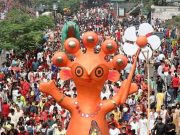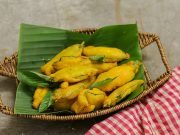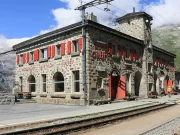Street food in Bangladesh is not just a quick bite; it’s a way of life, an impression of the rich culture, history, and diversity of this land. These could be found on nearly every street corner, in each market, and alongside every road: a complete variety of Bangladeshi street food from sweet to sour, spicy to tangy, and all tastes imaginable. It is a social event as much as a gastronomic one, where locals and tourists alike join for quick, affordable mouthfuls of food.
One of the most iconic street foods is fuchka, known as pani puri in other parts of the subcontinent: a crispy, hollow shell filled with spiced potatoes, chickpeas, and tamarind water.Suddenly, a burst of tangy and spicy flavors bursts in with the tamarind water, mixed with the crunchiness of the fuchka, and it is loved all over the country. Variants like chotpoti, a spicy chickpea and potato salad with onions, boiled eggs, and spices, are other staple street food items that leave an unforgettable impression on the palate.
Other common street foods include chingri bhorta or a type of mashed shrimp that people usually serve with rice or even just as a snack on its own. Fresh shrimp mixed with mustard oil, garlic, green chilies, and spices present a delicious dish in the coastal areas, reflecting Bangladesh’s proximity to the Bay of Bengal.
The Singara is fried into a golden delicacy with every street-side vendor around the corner. It would, in general, include filling with spiced potatoes or minced meat and vegetables deep-fried, then being had with a steaming cup of tea as morning and afternoon snacks. On other fronts, samosas-fritters of crispy triangular-shaped pastry filled with spiced potatoes or meat, no less common across bazaars, cities, or rural towns-offered fritters with such luscious flavor sensations in a snack so delectable it has enthralled locals and earned popular appeal.
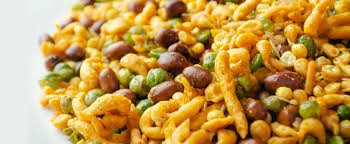
Street food in Bangladesh has a lot of grilled snacks made with chicken kebabs, beef kebabs, and shashlik, generally prepared with fumy spices in marinating.
The smoky flavor from grilling over an open flame, combined with the savory marination, makes these snacks an irresistible option for meat lovers. These are often paired with paratha or naan, unleashing a perfect balance of flavors.
Along with the salty ones, sweet dishes of Bangladesh are also very popular. Rasgulla, sandesh, and mishti doi are sold as desserts in street food. Mishti doi is one of the traditional Bengali desserts, and it is often served in earthen cups, which makes it really refreshing after having savory street food. Other favorite indulgences are chomchom, a spongy, syrup-soaked sweet, and kulfi, a type of ice cream made with condensed milk.
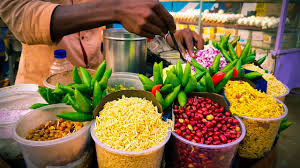
Food sold on the streets of Bangladesh is fresh because of the simplicity and use of local ingredients in its preparation; thus, it is cheaper and closer to the traditional cuisine of the nation. The preparation of these dishes by vendors, who take immense pride in them, usually prepares items passed down through generations. The bustling street food scene is a testament not only to the diversity of flavors but also to the cultural and social fabric of the country. Be it a rainy evening, the hustle and bustle of a busy workday, or through vibrant streets, street food is an experience that adds a whole new dimension to the tour of Bangladesh.
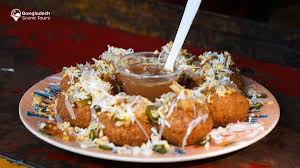
Food from the streets of Bangladesh speaks to the heart of the nation’s food traditions and its hospitable nature, both for natives and visitors. It’s much more about community and culture, and it’s an absolute delight to share a mouthwatering meal with people.





